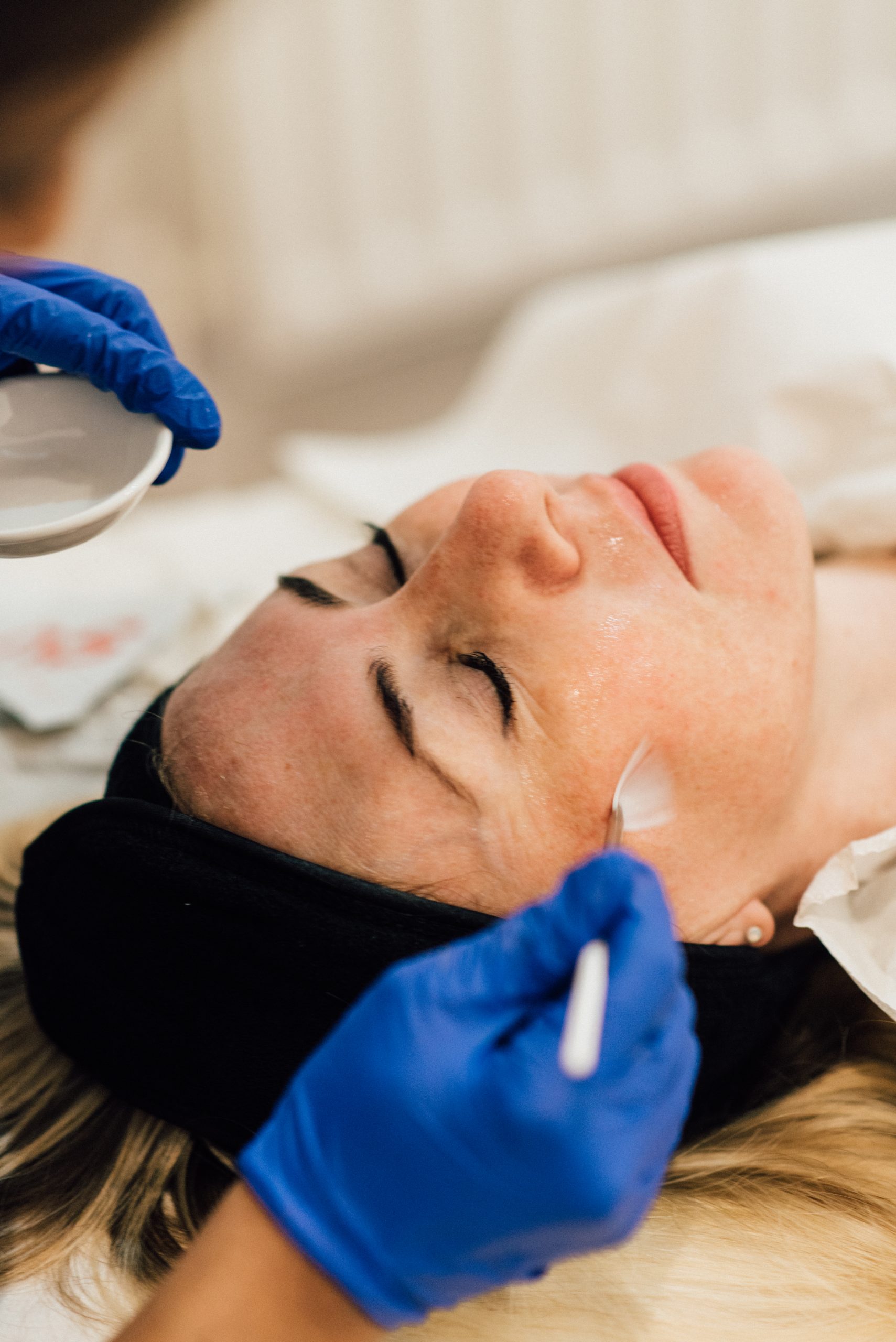Chemical peels aren’t nearly as intimidating as they sound. When done properly, they’re one of the most effective ways to refresh the skin and tackle things like dullness, pigmentation, fine lines, and acne.
This article will help you understand the different types of chemical peels including superficial, medium, and deep so you can make informed decisions about what’s right for your skin. We’ll cover everything from how peels work to what they cost, and what results to expect.
Book A ConsultationWhat Is a Chemical Peel and How Does It Work?
If you’re new to skin treatments, the term chemical peel might sound a bit… medical. But don’t worry it’s not as harsh as it sounds. A chemical peel is a cosmetic procedure in which an acid based chemical solution is applied to your skin to remove damaged skin cells and encourage fresh, new skin to grow in their place. Depending on the strength of the solution and how deep it goes, the results can range from a gentle glow to a full skin resurfacing.
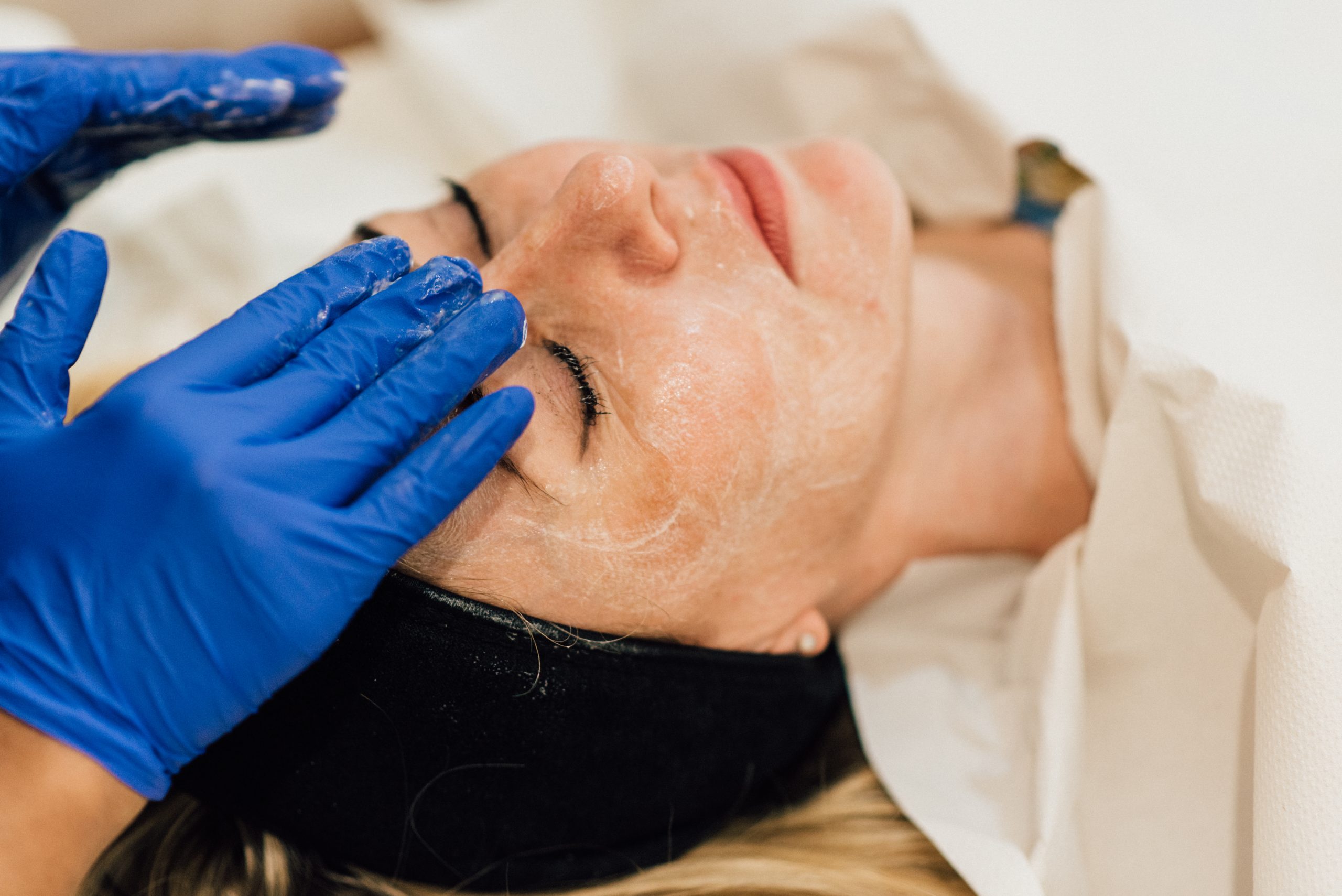
How does a chemical peel affect your skin?
The peel uses active ingredients like glycolic acid, salicylic acid or trichloroacetic acid to break down the outer layer of skin, or, for deeper peels, even reach the middle layer of the skin. This helps to improve skin texture, reduce the appearance of scars and wrinkles, and brighten uneven skin tone. pH Formula peels are unique in that they contain a combination of acids that are perfectly combined to give the best results.
What happens when the chemical solution is applied?
You’ll feel a mild tingling or stinging when the solution is applied to the skin. With a light peel, this usually lasts a few minutes. With medium or deep peels, you may need a fan to cool your skin or even a numbing agent to stay comfortable. The skin will begin to whiten or feel tight as the solution works.
Why does skin eventually peel?
Peels are used to treat a variety of skin concerns. The outer layer of skin sheds to reveal newer, smoother skin underneath. This is part of your body’s natural healing response, encouraging better skin health over time.
pH Formula peels allow the acids to penetrate deep into the living part of the skin and stimulate skin turnover there. This means that the skin barrier is preserved and most peeling is described as skin dandruff and the worst as a sort of ‘cling film’ peel.
Which Type of Peel Is Right for You?
Choosing the right peel is not about chasing the strongest option — it’s about what your skin actually needs.
Book A ConsultationWhat’s the difference between a light, medium, and deep peel?
- A light peel targets the outermost layer of skin and is ideal for mild acne, dullness, and general skin rejuvenation.
- A medium chemical peel reaches the middle layer of the skin and can treat moderate wrinkles, acne scarring, and pigmentation.
- A deep chemical peel goes further to treat deeper wrinkles, significant sun damage, or major scarring.
How do I know which skin peel suits my skin type?
During your consultation, I’ll assess your skin type, tone, and condition. For example, people with darker skin may need a milder option or skin preparation to avoid pigmentation changes. The strength of the peel, how it’s applied to your skin, and your lifestyle all play a role in what we choose together.
Are deeper chemical peels better?
Not always. Deeper peels can reduce the appearance of lines and wrinkles and significantly improve skin texture, but they come with more downtime and risks. For most people, a medium chemical peel offers the best balance between results and recovery.
What Are the Benefits of a Chemical Peel?
Peels generally improve how your skin looks and feels. That’s the short version. But let’s break it down.
How do peels improve the appearance of your skin?
- They remove dead skin cells and stimulate new skin growth.
- Peels can reduce acne, soften scars, and brighten skin colour.
- They help with uneven skin and promote smoother skin over time.
Can a chemical peel help with lines and wrinkles?
Absolutely. Medium or deep chemical peels are often used to reduce the appearance of fine lines and wrinkles. By removing damaged surface cells and triggering collagen, your skin becomes firmer and more even.
Book A ConsultationWhat else can professional peels treat?
- Acne scarring
- Hyperpigmentation
- Sun damage and skin ageing
Peels contain active agents that target the deeper layers of damage, especially when used over a course of treatments.
How to Prepare for a Chemical Peel
Good results start before the peel even begins. A proper skincare routine and avoiding certain products or habits can make a big difference.
What should I do in the weeks before treatment?
Two to four weeks before treatment, you might start using products that help exfoliate the skin gently, like low-strength retinoids. This helps the chemical peel work more effectively when it’s applied to the skin.
Avoid:
- Sunbeds and heavy sun exposure
- Waxing or laser treatments
- Harsh exfoliants or acids
What’s involved in a consultation?
A successful chemical peel always begins with a consultation. I’ll assess your skin, ask about your goals, and help determine the best treatment. We’ll also talk about your skincare routine, allergies, and what to expect during recovery.
How should I prepare for a chemical peel appointment?
- Avoid scratching your skin or trying new products the week before the peel
- Keep your skin hydrated and protected
- Follow your personalised plan to ensure you’re in the best condition for the treatment
What Does a Chemical Peel Cost?
Let’s talk honestly — peels are considered cosmetic, so they’re rarely covered by insurance. But there’s a wide range of prices depending on what you’re having done.
What affects chemical peel cost?
- The type of peel (light, medium, or deep)
- Your location and clinic
- Experience of the practitioner
- Whether any aftercare or follow-up is included
What’s a typical price range?
- Superficial peels: £100–£150 per session
- Medium chemical peels: £250–£500
- Deep chemical peel: £800+ (and usually only done once)
Always ask what’s included — a consultation, skincare prep, and follow-up support all matter. Professional peels are an investment in long-term skin health, not just a quick fix.
Are multiple sessions needed?
Peels can reduce signs of ageing and improve skin tone, but often work best as a course of treatments. Peels are used to treat skin conditions in a progressive, not instant, way. Depending on your skin, you may need 2–4 peels for optimal results.
Book A ConsultationWhat to Expect After a Peel
Here’s what recovery really looks like — no sugar-coating.
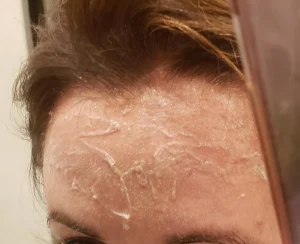
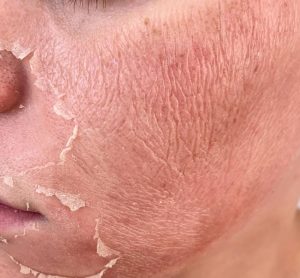
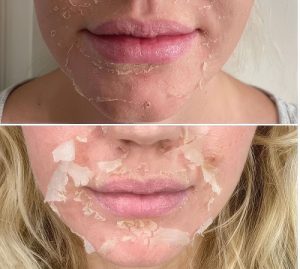
What happens immediately after a peel?
There may be some redness, tightness, or tingling straight away. For deeper peels, expect the skin to feel dry and start to flake after a few days.
Your skin will begin to whiten or feel taut shortly after treatment, especially with stronger acids like phenol or trichloroacetic acid.
How long does healing take?
- Light peels: 3–5 days
- Medium peels: 7 to 14 days
- Deep peels: several weeks
The skin may eventually peel in sheets or flakes — totally normal. Keep skin moisturised, don’t pick or scratch, and avoid sun exposure while healing.
How can I maintain the results of the peel?
- Use SPF daily — it’s non-negotiable
- Stick to your post-peel skincare plan
- Return for follow-ups if advised
Once healed, the appearance of fine lines, scars, or pigmentation should be noticeably reduced. The skin looks brighter, fresher, and more even.
Key Takeaways: What You Should Remember About Chemical Peels
- A chemical peel is a procedure in which a chemical solution is applied to the skin to remove damaged skin cells and reveal newer skin.
- Peels vary in strength — from a light peel to a deep chemical peel — and are tailored to your skin type and concerns.
- Peels are used to treat everything from acne and hyperpigmentation to fine lines and wrinkles and acne scarring.
- Always prepare for a chemical peel by following a tailored skincare plan weeks before treatment and attending a consultation.
- Chemical peel cost depends on the type of treatment and clinic, but professional peels are a long-term investment in your skin health.
Recovery time varies — the results of the peel can last months with good aftercare and maintenance.
Book A Consultation
